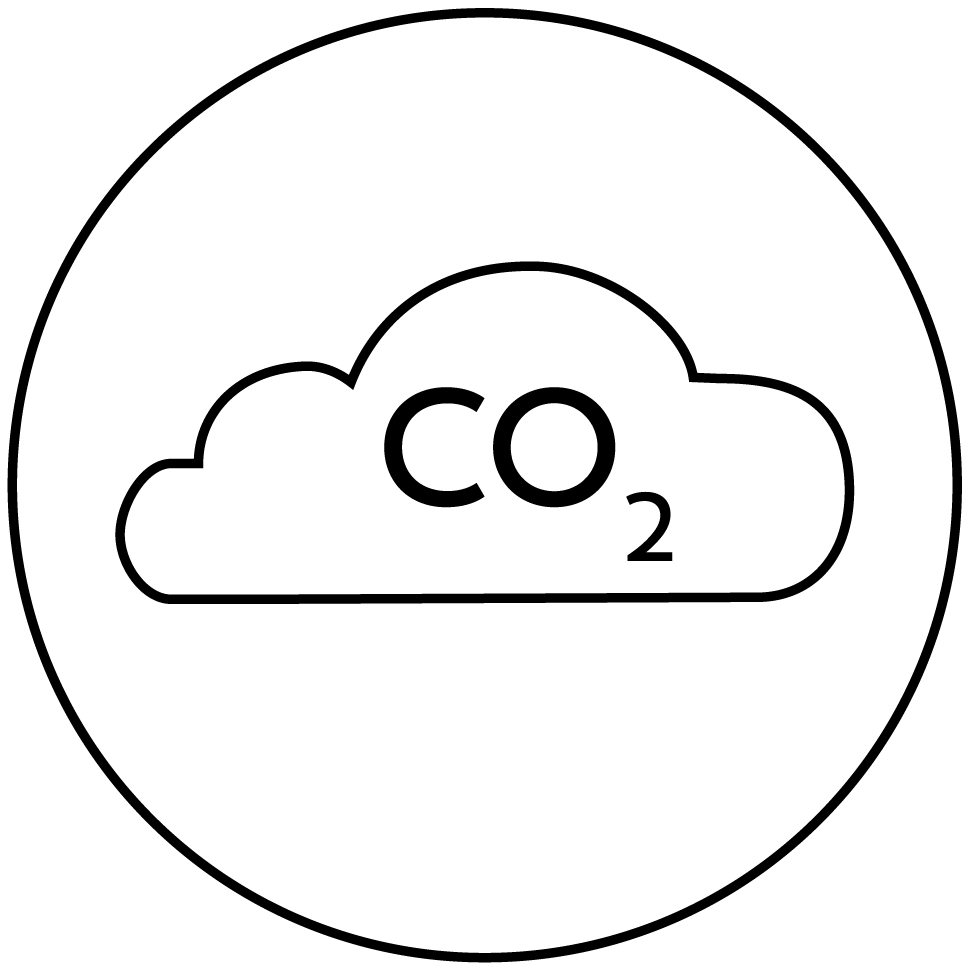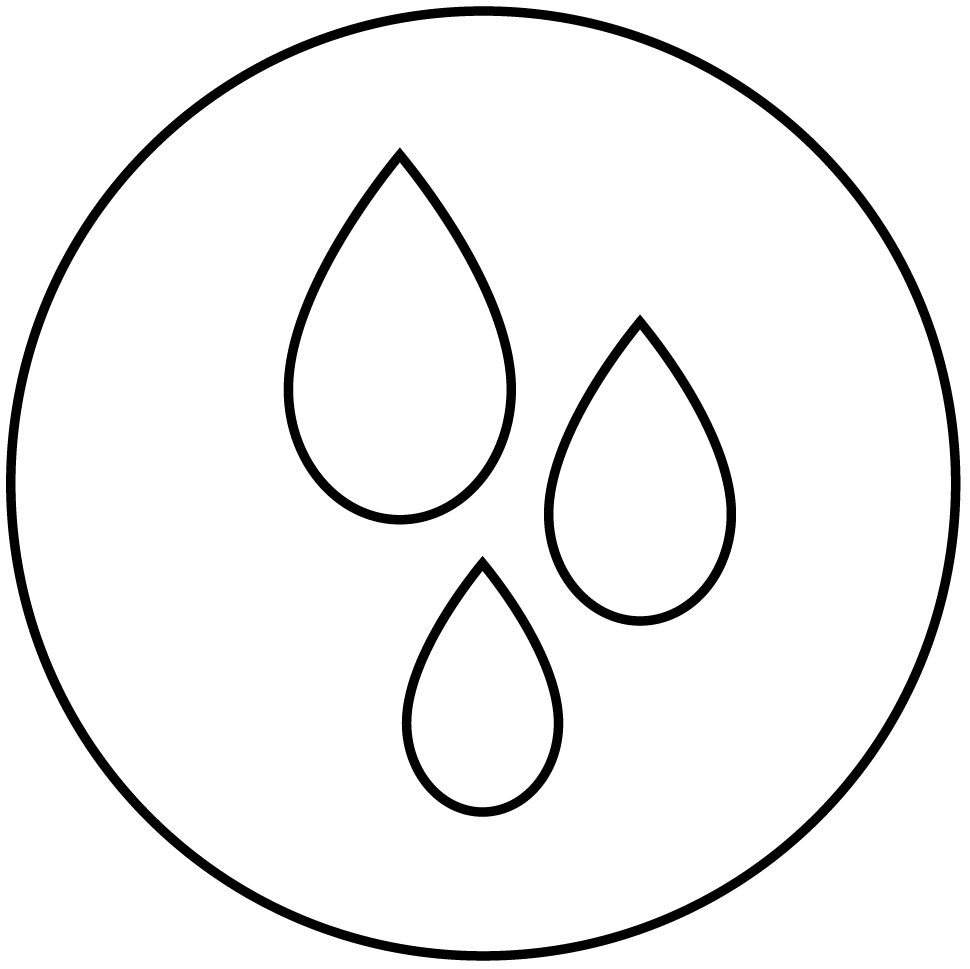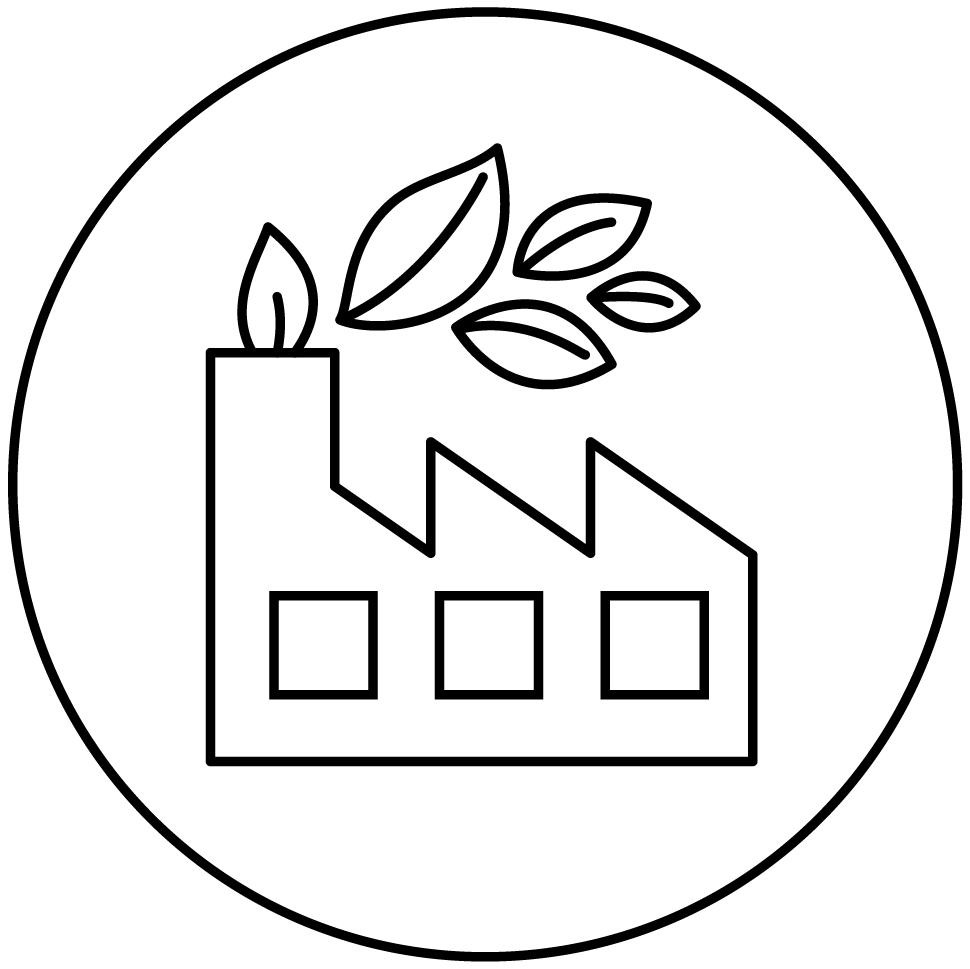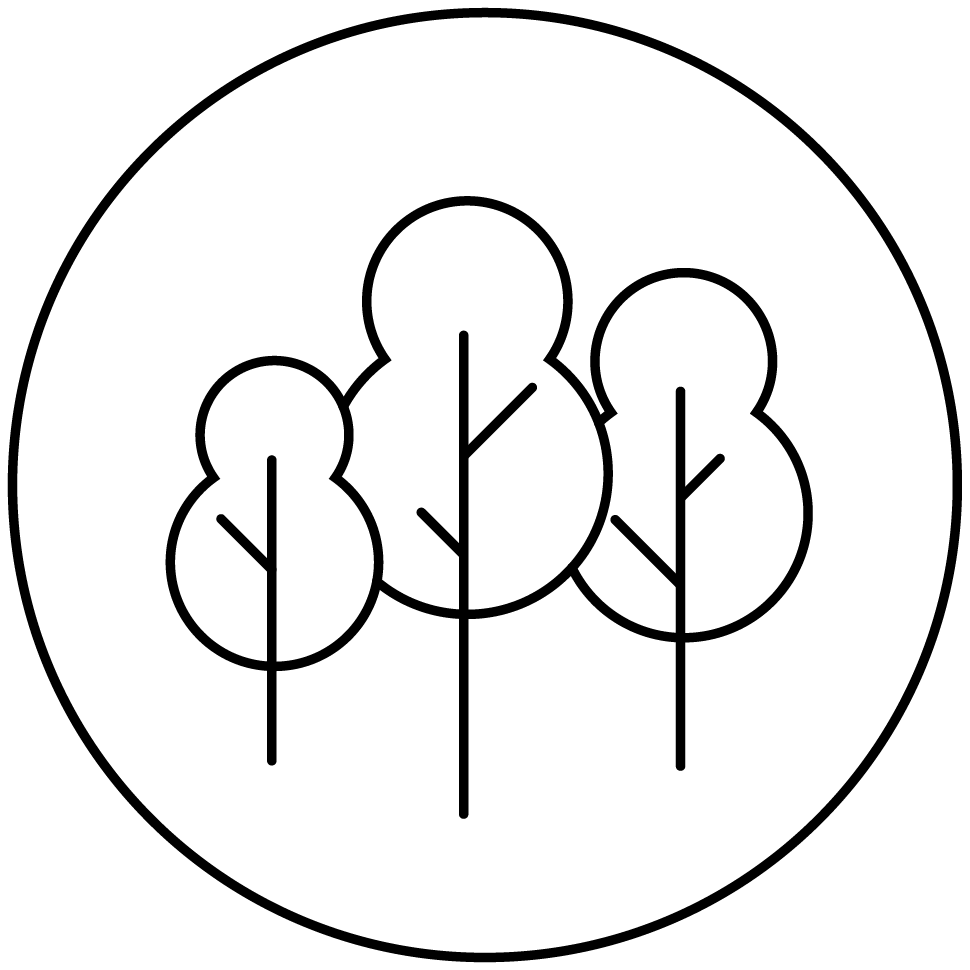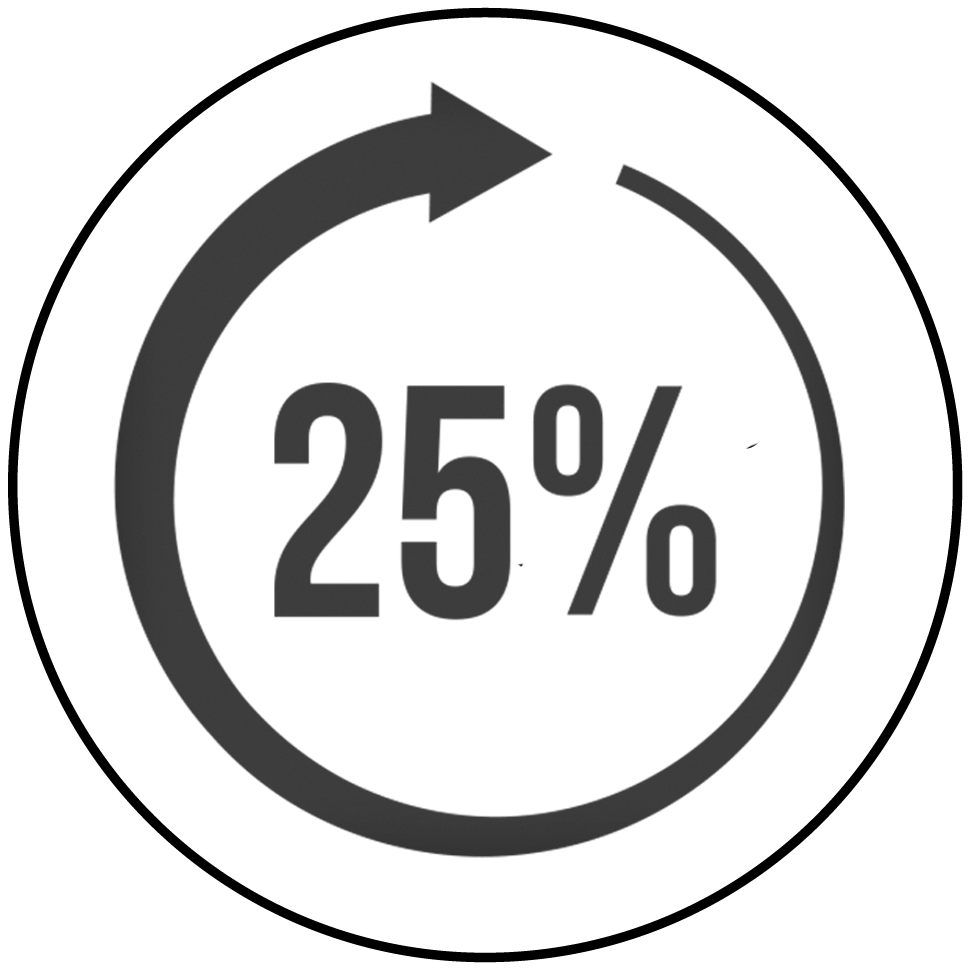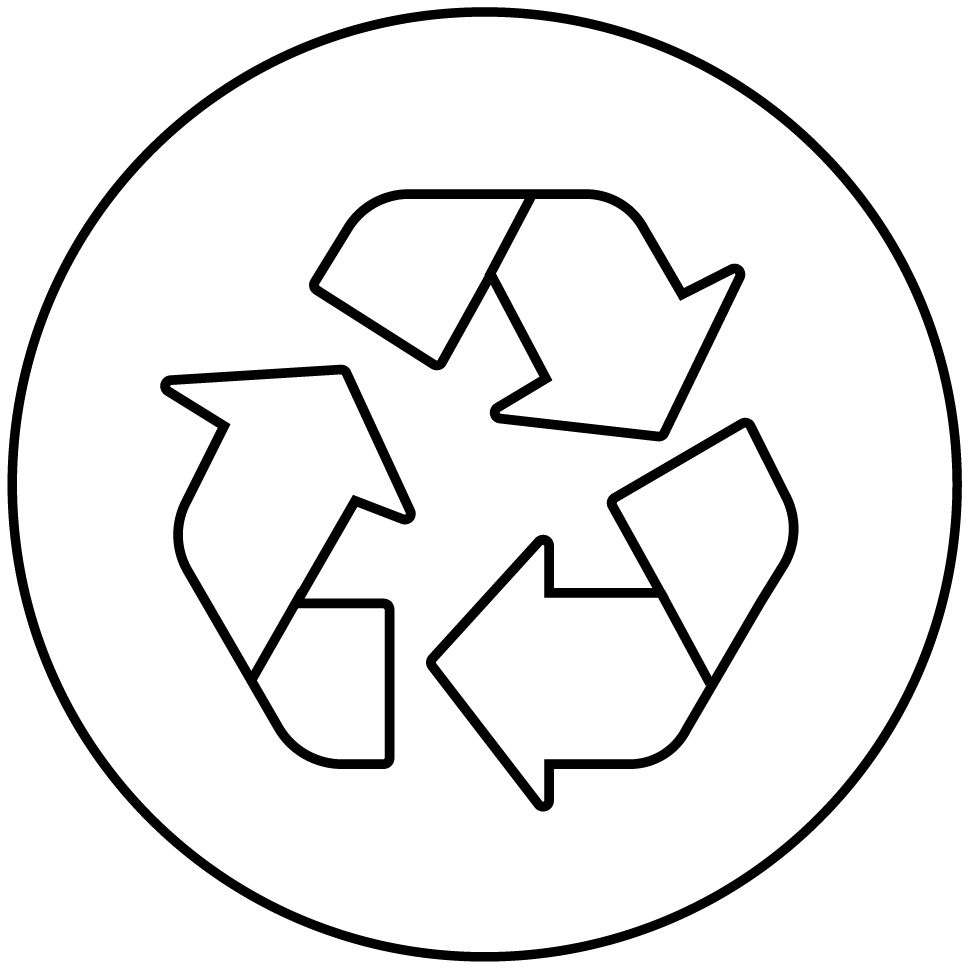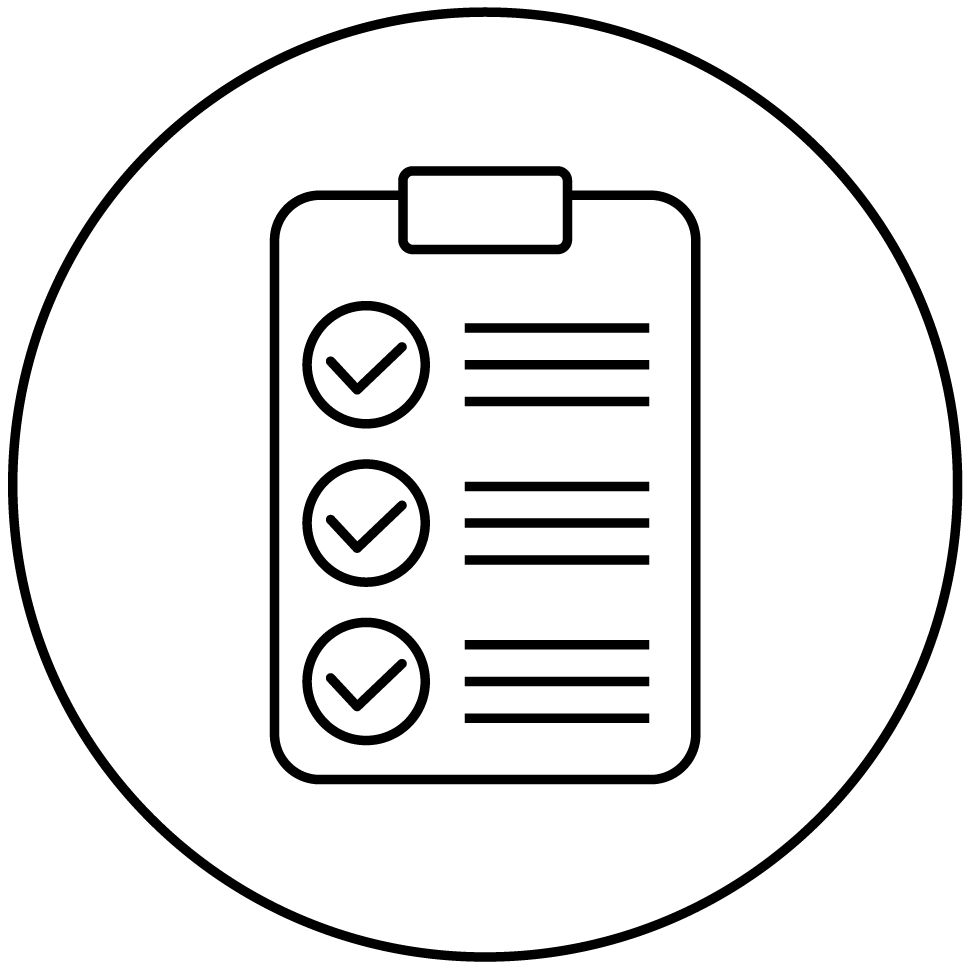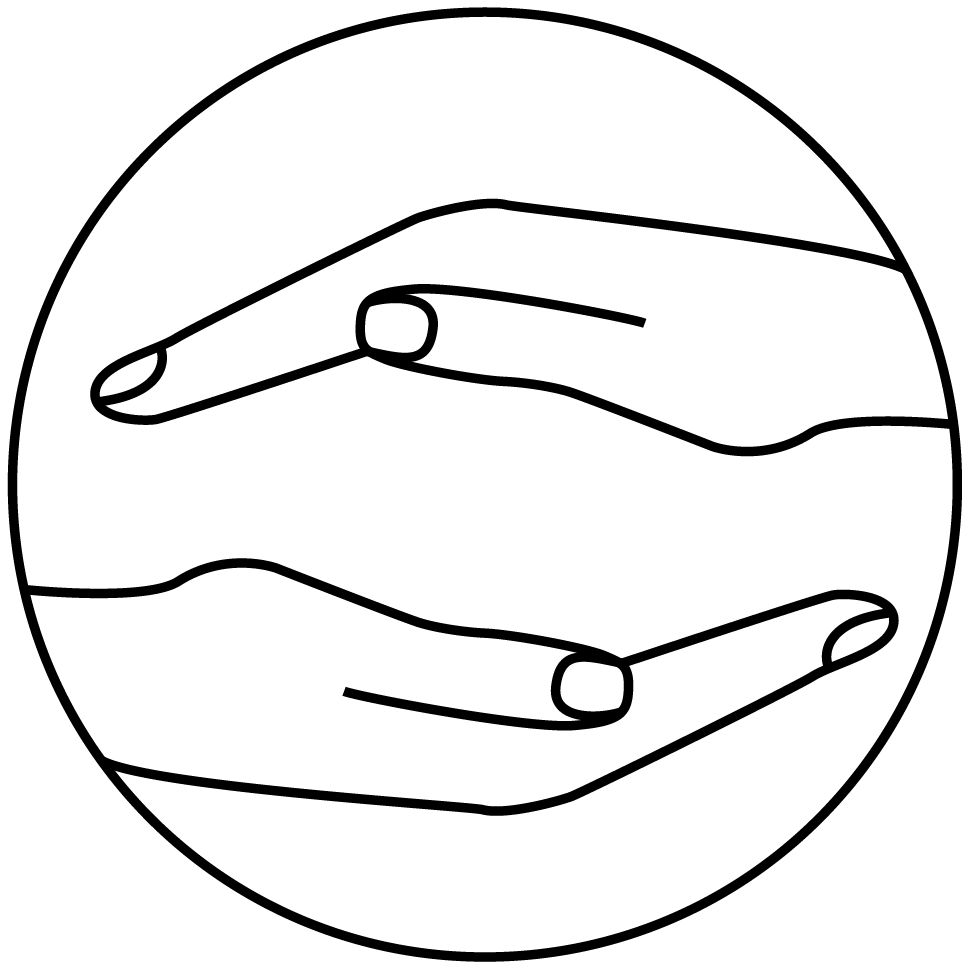TO HELP OUR CONSUMERS MAKE INFORMED CHOICES.
TO HELP OUR CONSUMERS MAKE INFORMED CHOICES.
INTRODUCING THE PRODUCT IMPACT LABELLING SYSTEM
L’Oréal Paris’ highest priority is to ensure the safety, quality and sustainability of our products.
For several years, we has also been working to further enhance the environmental and social profile of our products. and empower our consumers with the information they need to help make informed choices, as part of our commitment to L’Oréal for the future because our planet is worth it. That’s why we’ve developed a new labelling system that gives you the relative environmental & social impact of US L’Oréal Paris’ products compared to other L’Oreal Groupe products in the same category sold worldwide in 2020.
Keep reading below for more information about how it works.
Access to the detailed methodology document HERE
Overall Environmental Impact
(compared to other similar L’Oréal Groupe Products sold worldwide in 2020)

The “Overall Environmental Impact” is the cumulative score of 14 planetary impact factors* measured at every stage of a product’s life cycle from ingredient production, packaging production, manufacturing of the product, to consumer usage (for example the average quantity of hot water used during showering), biodegradability and end-of-life packaging disposal. The 14 planetary impact factors are weighted according to the Planetary Boundaries concept established by the Stockholm Resilience Center. Each product can be ranked in comparison to other products in the L’Oreal Group portfolio within the same category sold since 2020. The scoring information is displayed in a simple color-coded graph to help consumers stay informed. Every consumer product has some impact on the environment. A good score does not mean a product has a positive impact or no impact on the environment. The letters and colors used in this tool are designed to help consumers make comparisons to other similar products in L'Oréal's global portfolio, so they can make more informed choices.
*Carbon, water scarcity, fresh water ecotoxicity, fresh water eutrophication, marine eutrophication, water acidification, fossil and mineral resources depletion, land transformation, terrestrial eutrophication, particulate matter, toxicity via environment, ionizing radiation, ozone depletion and photochemical formation.
Carbon and water footprints are specifically highlighted as they represent two thirds, on average, of the overall environmental impact of cosmetics products assessed throughout this methodology. Other factors include air quality, biodiversity, land resources and ozone impact.

Additional information is available in the ‘Environmental and Social Impact’ section of a product’s description, where you can find details on the manufacturing conditions, the packaging, and the social impact of a product, which considers if its raw materials have been sourced in a socially responsible manner.
SO YOU CAN EASILY COMPARE PRODUCTS
Each product is ranked in comparison to other L’Oreal Groupe products sold in the same cosmetic category (example: shampoos, conditioners, etc) in 2020, so that they can be compared within the L’Oréal Paris’brand. The labelling gives each product a score, from A to E, with products labelled ‘A’ considered best in class among the L’Oreal Groupe portfolio, in terms of impact.

You can find the Product Impact Label of L’Oréal Paris haircare and skincare products on the product information webpage, following the ingredient list.

Developed with EXPERTS
This environmental and social labelling methodology was developed with the help of 11 independent scientific experts and is aligned with the highest global standards (European "Environmental Product Footprint") that aim to reduce the environmental impact of goods and services with a multi-criteria approach. Scores and footprint data are also verified by Bureau Veritas, an independent auditor recognized worldwide.
Learn more about the methodology
Access the Bureau Veritas verification statement here.
GLOSSARY
|
| CARBON FOOTPRINTThe amount of greenhouse gas emissions (CO₂) released throughout a product’s life cycle, i.e. during the sourcing of ingredients, production of packaging, finished product manufacturing, transportation, usage and the waste management of its packaging. Did you know? The ELVIVE expert tip |
|
| WATER FOOTPRINTThe amount of water used throughout a product’s life cycle, i.e. including the water used during sourcing of ingredients, production of packaging, to manufacture the finished products in the factory, a product’s usage (e.g. shower) and the water needed to treat the wastewater. Did you know? The ELVIVE expert tip |
|
| RESPONSIBLE MANUFACTURING PLANTA manufacturing plant that, year after year, reduces its greenhouse gas (CO₂) emissions, water consumption, waste generation, and that contributes to the development of local employment - especially for people in vulnerable economic situations - and access to training for its employees. Did you know? 11 of our 26 factories are Carbon neutral today. L’Oréal Paris factories are committed to using 100% renewable energy by 2025 so they’re all carbon neutral, and we’re committed to transforming to waterloop factories by 2030, meaning that all the industrial water is retreated, recycled and reused in a loop. |
|
| CERTIFIED PAPER/CARDBOARD BY THE FSC™ OR PEFC*The paper or cardboard used in the product packaging comes exclusively from forests that are managed responsibly, in a way that protects biodiversity, and are independently certified by the FSC™. Did you know? *FSC™ (Forest Stewardship Council), PEFC (Programme for the Endorsement of Forest Certification) |
|
| RECYCLED MATERIALMaterial produced using other recycled materials. Did you know? The ELVIVE expert tip At L’Oréal Paris Elvive we’re committed to fighting plastic waste in the bathroom, that's why 100% of our shampoo and conditioner bottles* are now made from recycled plastic, saving 6000 tonnes of virgin plastic being created each year. Did you know that these bottles are widely recyclable too? For beautiful hair today. A better planet tomorrow.
*excluding caps, however we are looking for a more sustainable solution |
|
| RECYCLABLEComponents that can - where the infrastructure allows - be collected and treated by a special industrial process to give rise to a new material.* *according to the Ellen MacArthur Foundation‘s definition of the worldwide recyclability at scale and on practice Did you know? *excluding caps, however we are looking for a more sustainable solution The ELVIVE expert tip |
|
| LABOUR LAW: THE 4 PRINCIPLES OF THE UNITED NATIONS (UN) GLOBAL COMPACT ON LABOUR RIGHTSAll direct suppliers of L'Oréal Paris’ product components or ingredients are committed to respecting the fundamental principles of the UN on labour standards:
Did you know? |
|
| SUPPLIERS COMMITTED TO SOCIAL INCLUSIONIngredient and packaging suppliers that provide access to work and a living wage to people in socially and/or economically vulnerable communities, as they are taking part in at least one L'Oréal Group Solidarity Sourcing programme. To learn more about the L'Oréal Solidarity Sourcing Programme click here. Did you know? |

